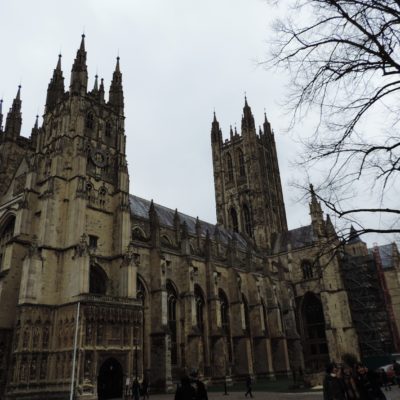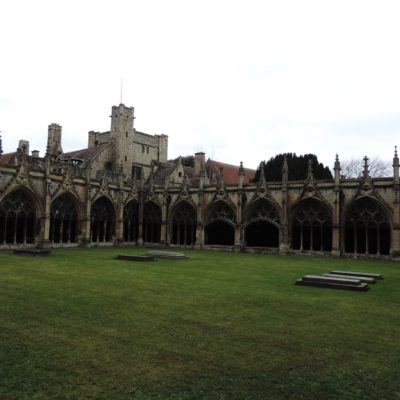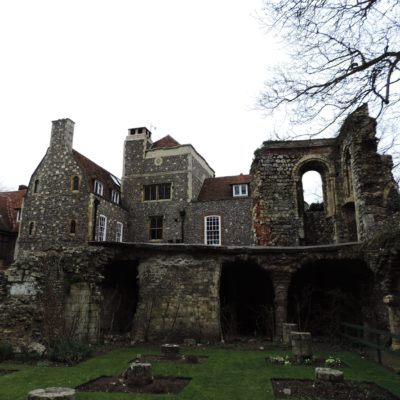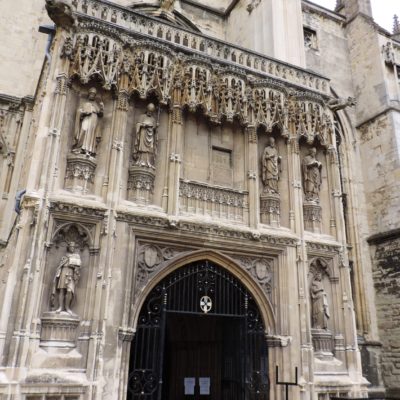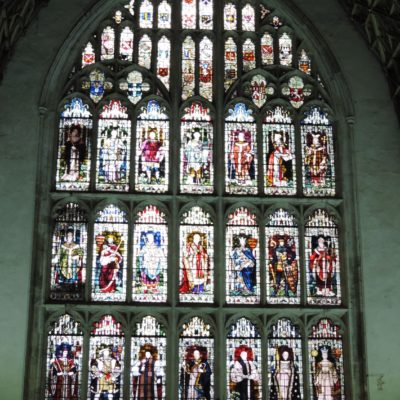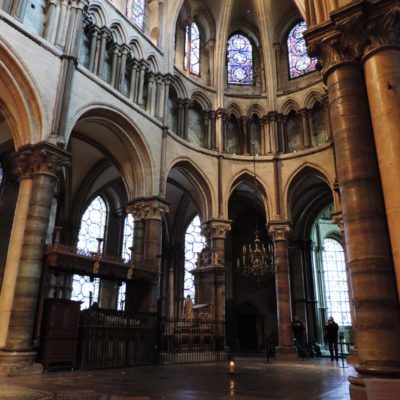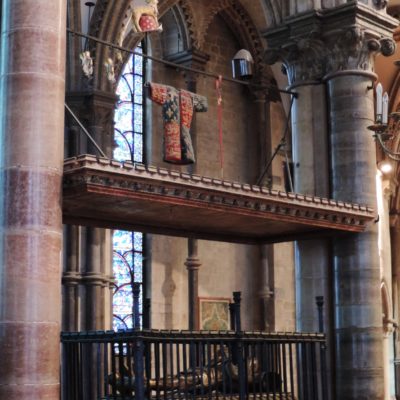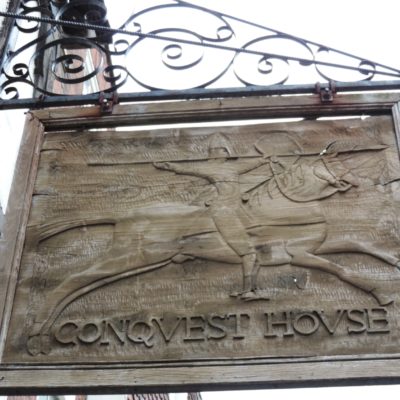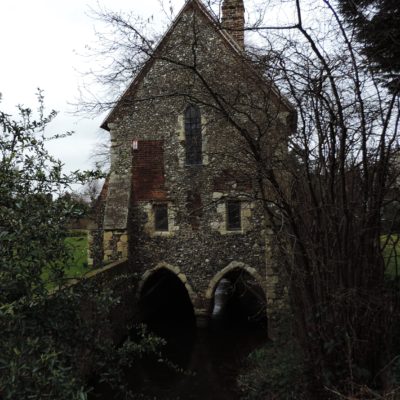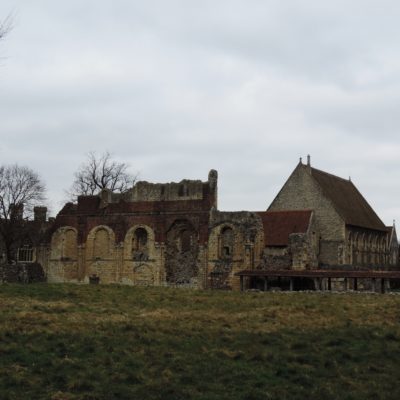I finally made it to Canterbury in March.
I had wanted to visit Canterbury for a long time: as a student of medieval history, you can’t help but hear about it again and again – especially, when you are interested in the Plantagenet era.
Add studies in English literature and linguistics, as I did, and you end up with Chaucer’s Canterbury Tales. No way around this city, then. =)
The cathedral came to sad fame in 1170, when Archbishop Thomas Becket (formerly King Henry II’s Lord Chancellor) was killed inside by four of King Henry II’s knights and I doubt we’ll ever know whether this truly happened on the orders of the king or not. In the aftermath of this gruesome murder, however, Canterbury Cathedral became a popular destination for pilgrims. It’s those pilgrims that Chaucer’s Canterbury Tales deal with, and his work is famous for popularising the vernacular language, namely Middle English. Up until then (the 14th century), the vernacular had not really been considered for publication, as Latin and French had been the languages of the learned people, who considered it unnecessary to educate the masses. To put it simply, writers such as Chaucer rang in a new era by writing in the language of the ‘common’ people and thus giving them an incentive to learn to read. It took centuries to spread education to the masses, of course, but a foundation was laid in the middle ages. (Which is one of the reasons I hate to hear them referred to as ‘the Dark Ages’.)
- Canterbury – Christ Church Cathedral -2-
- Canterbury – Christ Church Cathedral Cloister -2-
- Canterbury – Christ Church Cathedral Grounds -2-
Having been such an important place to so many people over the centuries, I decided I had to have a look at this cathedral. Add the fact that it is the final resting place of Edward, the Black Prince, and going there was a must.
I went to Canterbury on a day trip from London; as it was a Sunday, the city was full of tourists. This isn’t surprising at all: Even if you weren’t interested in visiting the cathedral, Canterbury would still be a nice destination for a day trip.
Canterbury has a lovely town centre with lots of nicely kept old houses, a number of cafes and little shops and it just invites to stroll around or go punting and enjoy the day. There’s a range of museums, as well, and the cathedral, of course.
The cathedral is fairly large and impressive, but apart from the stained glass windows it is mostly quite unadorned. Being used to the more lavishly decorated cathedrals on the continent, this made for quite a change (which isn’t supposed to mean that I didn’t like the cathedral).
It is rather a shame that the cathedral is boxed in by the town houses so much, as it is difficult to get a good view of the whole building.
- Canterbury – Christ Church Cathedral Portal
- Canterbury – Christ Church Cathedral Stained Glass Window
- Canterbury – Christ Church Cathedral Interior
I was told you could catch a good glimpse from out of town, but as the weather was grey and rainy, I couldn’t bring myself to walk the few miles back and forth. I imagine it a nice idea for a warm summer’s day, though.
Oh, one more thought: If – like myself – you like visiting World Heritage Sites and you come to Canterbury for this reason, you should keep in mind that the World Heritage Site there comprises of three different locations.
Apart from the cathedral, always called Canterbury Cathedral but actually Christ Church Cathedral, the heritage site is made up of the ruins of the Abbey of St. Augustine and the Church of St. Martin, which is considered to be the oldest church in England.
- Canterbury – Street Sign
- Canterbury – Greyfriar’s Chapel
Please note that this blog post was first published on my previous blog ‘Inside Chrissie’s Mind’ on October 25th, 2015.

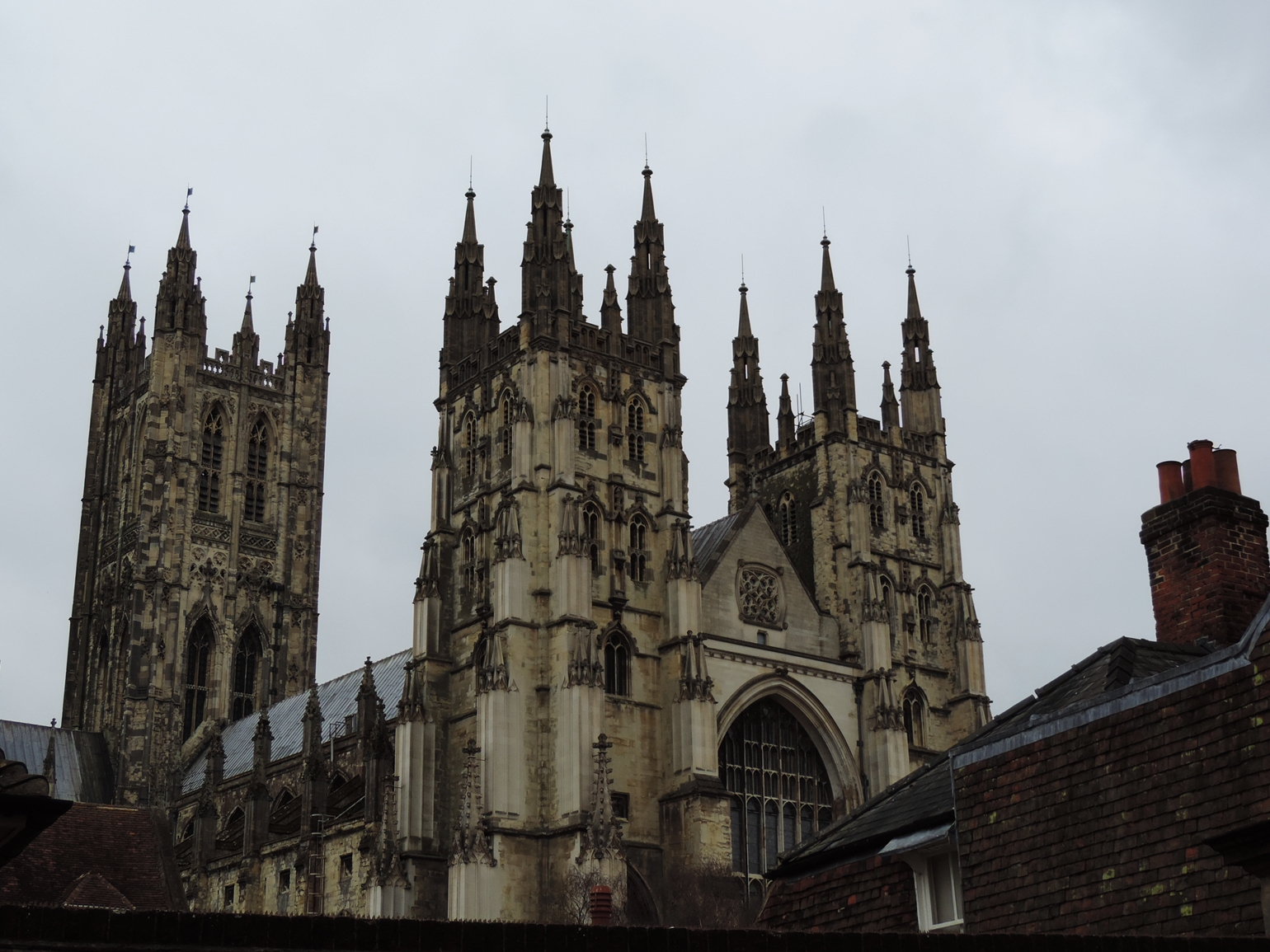 Canterbury - Christ Church Cathedral -1-
Canterbury - Christ Church Cathedral -1-